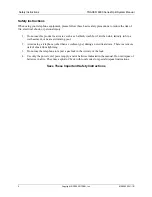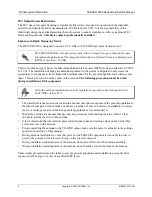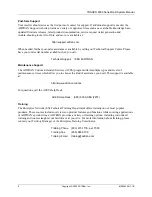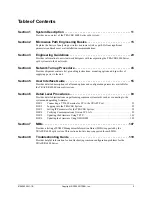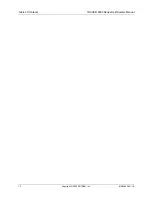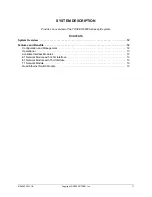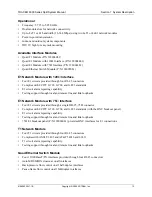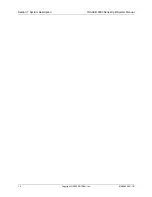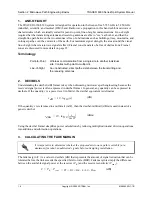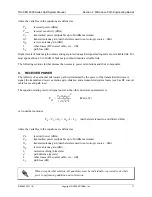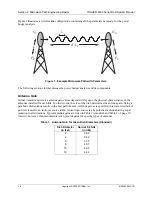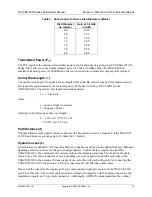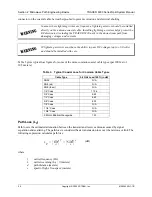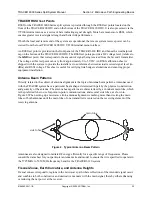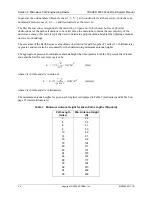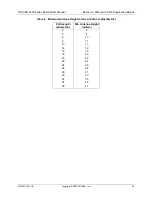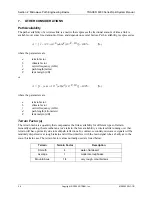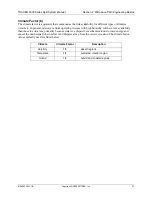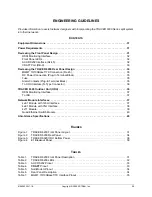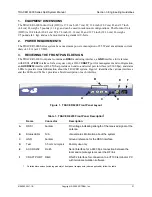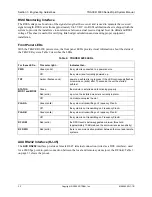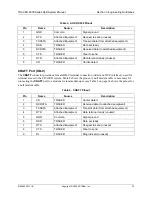
Section 2 Microwave Path Engineering Basics
TRACER 6000 Series Split System Manual
18
Copyright © 2005 ADTRAN, Inc.
612806320L1-1B
Figure 1 illustrates a wireless link configuration containing all the parameters necessary for the power
budget analysis.
Figure 1. Example Microwave Path with Parameters
The following sections further discuss the power budget analysis and its components.
Antenna Gain
Actual transmit and receive antenna gain values depend strictly upon the physical characteristics of the
antennas installed for each link. In other words, the size of the dish determines the antenna gain. Using a
parabolic dish antenna results in the best performance. Antenna gains are specified in terms of decibels of
gain referenced to an isotropic source (dBi). An isotropic source is a hypothetical antenna having equal
radiation in all directions. Typical antenna gains are listed in Table 1 (standard) and Table 2 on page 19
(metric); however, dish manufacturers can provide gains for specific types of antennas.
Table 1. Antenna Gain for Given Dish Diameters (Standard)
Dish Diameter
(in feet)
Gain at 5.8 GHz
(in dBi)
2
28.5
4
34.2
6
37.5
8
40.7
10
42.5
12
44.2
G
T
G
R
d, L
P
P
T
P
R
λ
L
L
Содержание TRACER 6000 SERIES
Страница 10: ...Table of Contents TRACER 6000 Series Split System Manual 10 Copyright 2005 ADTRAN Inc 612806320L1 1B...
Страница 14: ...Section 1 System Description TRACER 6000 Series Split System Manual 14 Copyright 2005 ADTRAN Inc 612806320L1 1B...
Страница 88: ...Section 5 User Interface Guide TRACER 6000 Series Split System Manual 88 612806320L1 1B...
Страница 90: ...Section 6 Detail Level Procedures TRACER 6000 Series Split System Manual 90 612806320L1 1B...
Страница 98: ...Section 5 DLP 3 TRACER 6000 Series Split System Manual 98 Copyright 2005 ADTRAN Inc 612806320L1 1B...

